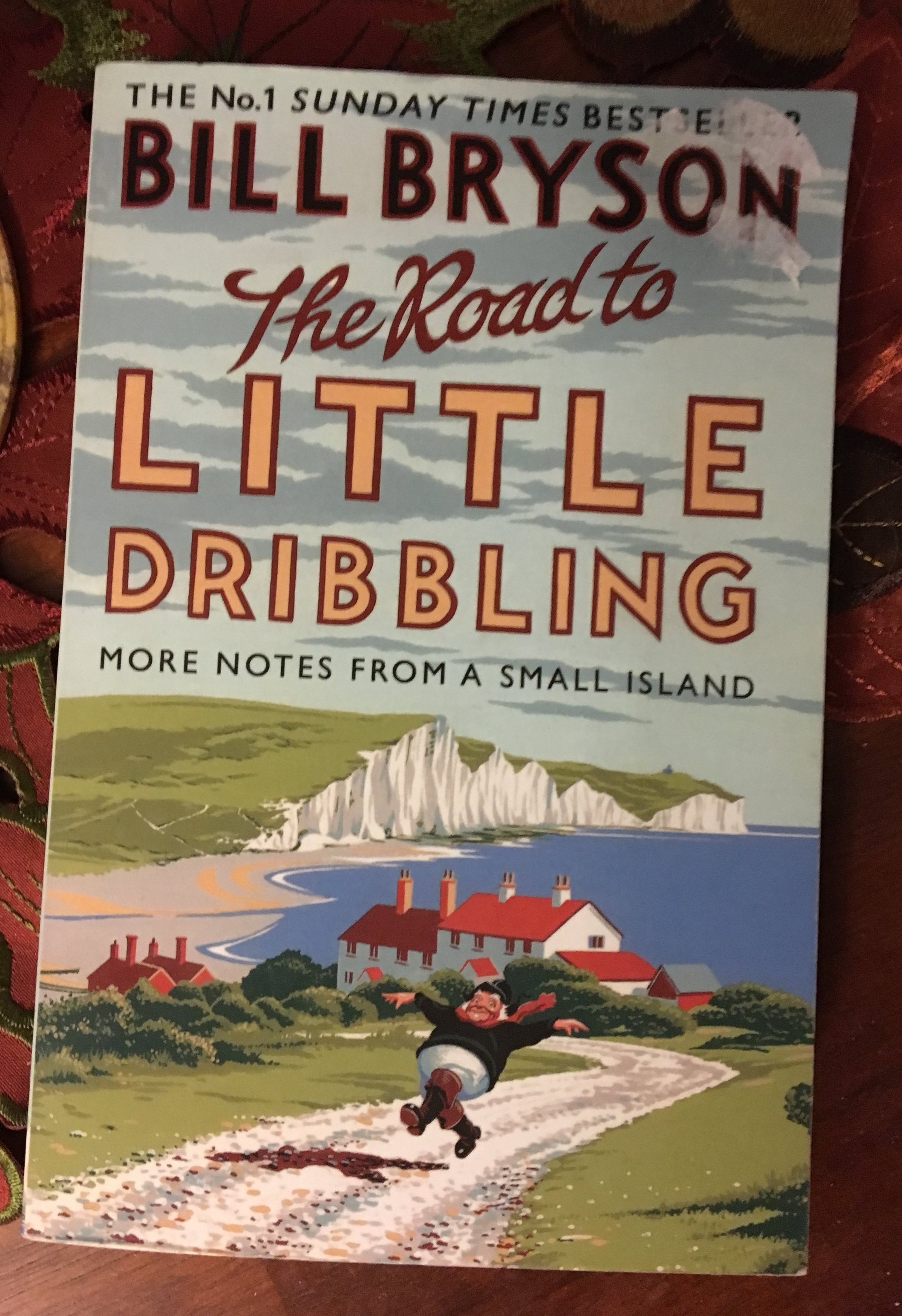The best book I read this month is a remarkable work by historian Annette Gordon-Reed: The Hemingses of Monticello. To be perfectly honest, I am still reading it. It's a massive work--662 pages, not including the notes and other back matter. I've got a little more than two hundred pages left to go, but I will be reading every word.
I'd heard about the book and the acclaim surrounding it (it won the Pulitzer and the National Book Award) when it came out in 2008, but it took me until this month to actually pick it up and read it. My book club was reading a work of historical fiction, America's First Daughter, which told the story of Thomas Jefferson and Sally Hemings through the eyes of Jefferson's oldest daughter, Patsy. My book club loved the book, but I didn't, for reasons I still can't entirely pinpoint. I put it down about 200 pages in. I still wanted to know more about Hemings and Jefferson, though, so I picked up Gordon-Reed's book.
I was not disappointed. Gordon-Reed tells the story not just of Sally Hemings, but of Hemings's family--from her grandmother, who was brought over from Africa, to her children, some of whom passed as white. In doing so, Gordon-Reed also tells the story of Jefferson and slavery in colonial America--not from the usual white plantation owner perspective, but from the perspective of the enslaved and of society at the time. She points out how our modern perceptions of life in that era are narrow and do not account for the varied realities of enslaved people, but neither does she skimp on the harshness of those realities.
It's an eye-opening read. Every paragraph is packed with information. (Hence, the slow reading pace.) Gordon-Reed did a remarkable amount of research, and it shows in her work. We have no writings left by Sally Hemings or her mother. If Jefferson wrote about Sally, those letters and papers have been destroyed. (Many historians believe that Jefferson's daughter Patsy and her children purged Jefferson's papers after his death, removing all references to his relationship with Sally Hemings.) So Gordon-Reed pieced together their story from public records and scraps about Sally left by others and by examining patterns of life in colonial Virginia, pre-Revolutionary France, and the early United States. The conclusions she draws and inferences she makes are well supported by a wealth of facts and details.
What I particularly liked, in addition to the plethora of historical details, was that Gordon-Reed paints a picture of Sally Hemings as a woman with agency, not as a helpless victim of circumstance. The same is true for many of the other Hemingses. That agency was possible partly because of the Hemings's white forebears and partly because of the value Jefferson saw in them as a family. He treated the whole Hemings clan very differently than he treated the other enslaved workers on his plantations.
I will say that Gordon-Reed is far kinder to Jefferson than I would be. From the other reading I've done, he seems to have been a manipulative narcissist. She does not go that far in her assessment of him, but she does make the point that Jefferson was not the broad-minded, forward-thinking Founding Father that our textbooks so often paint him as. He was very much a man of his time, especially when it came to his views of women and race.





